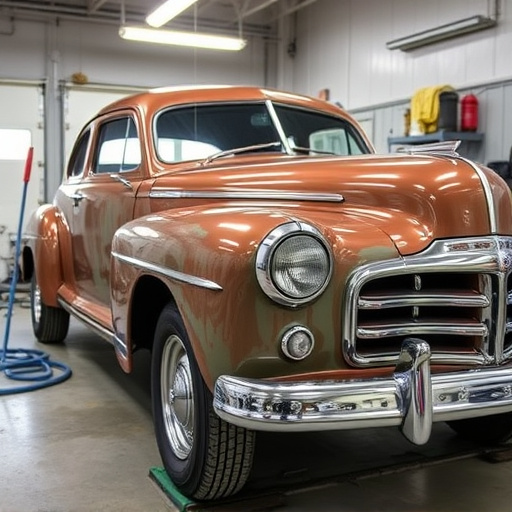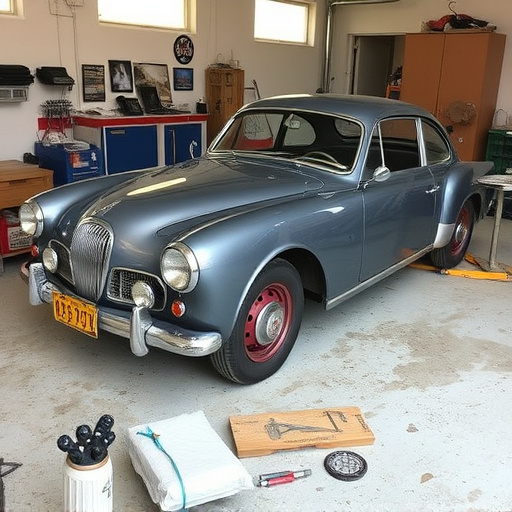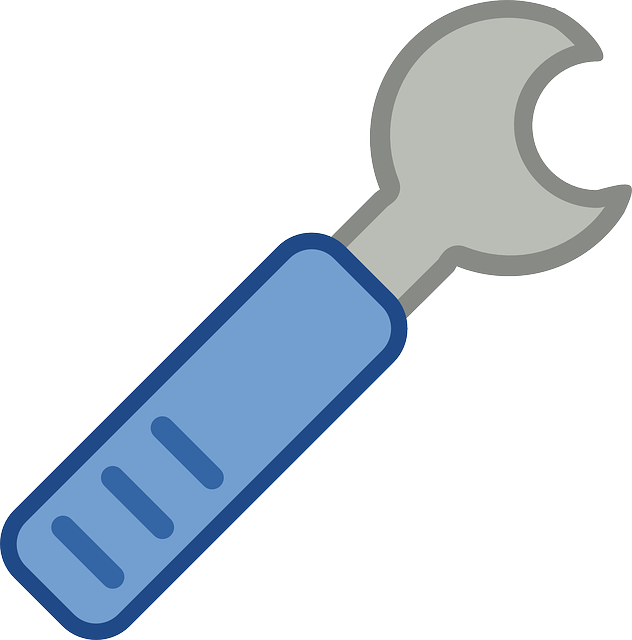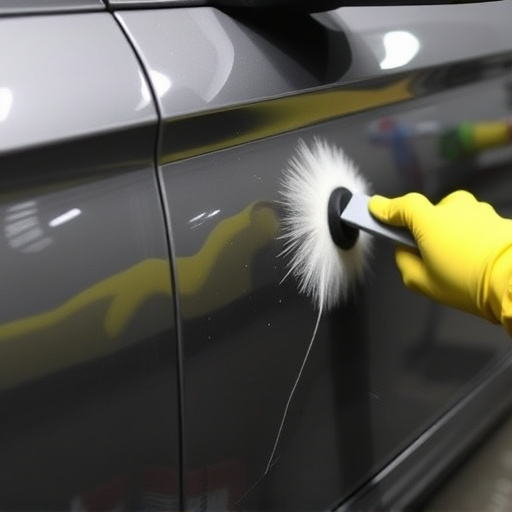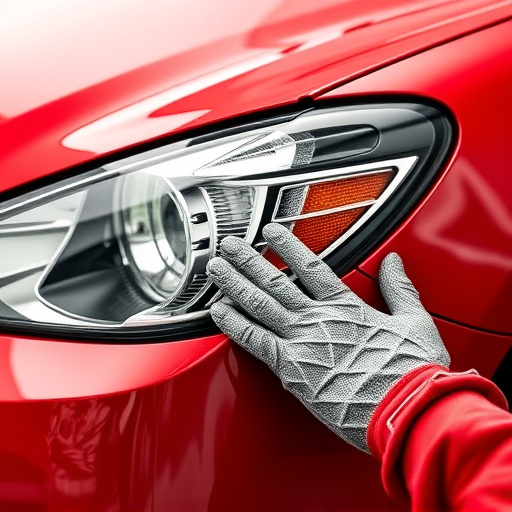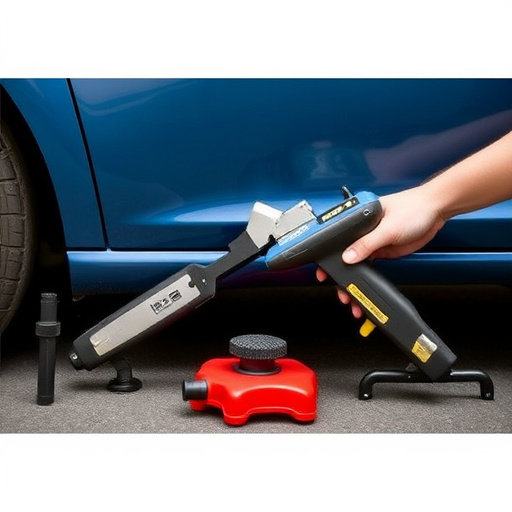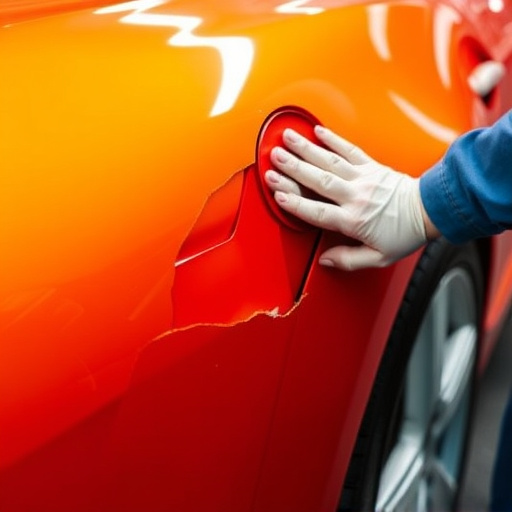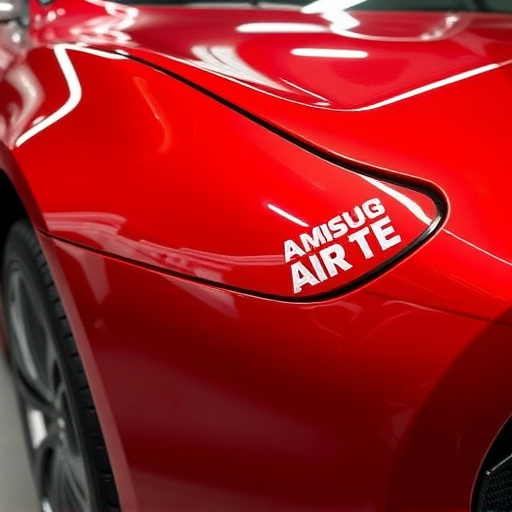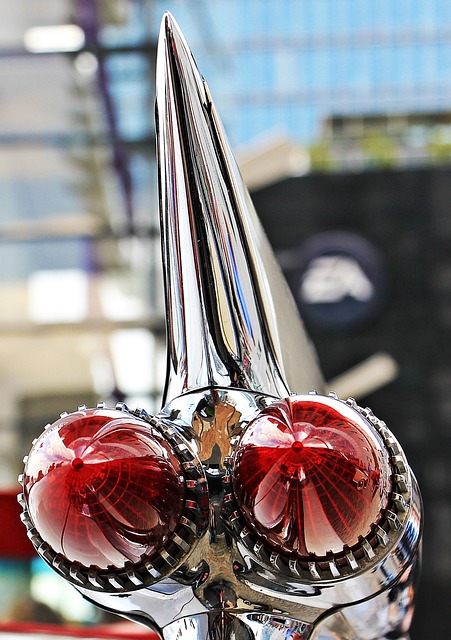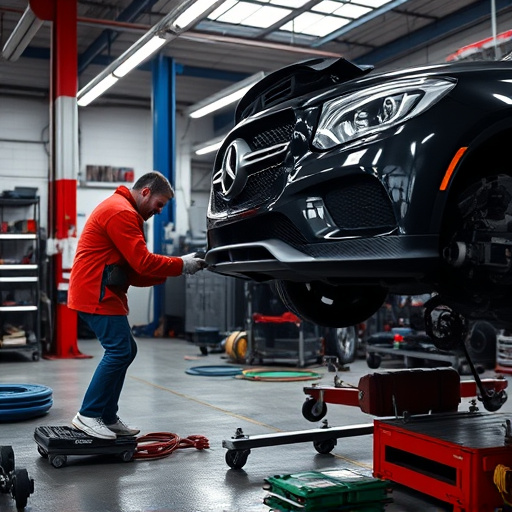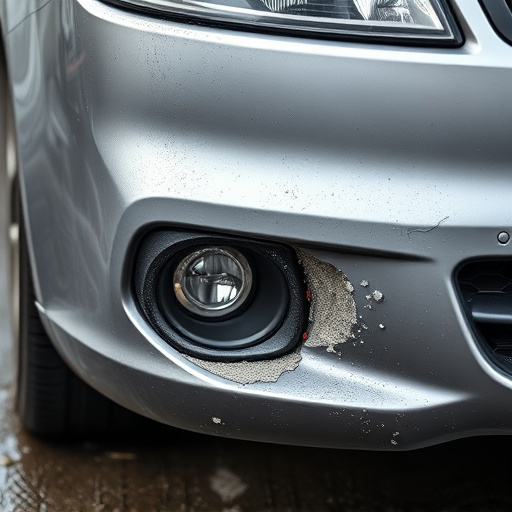Mercedes' Electronic Steering System offers enhanced driving experience through precise control and improved stability. The system relies on a torque sensor, power steering pump, and electronic modules that require calibration for optimal performance. Over time, environmental factors, wear and tear, or improper maintenance can impact the torque sensor's accuracy, leading to steering issues. Timely Mercedes electronic steering repair involves replacing damaged components, calibrating sensors with diagnostic tools, and prioritizing safety to prevent secondary damage.
Mercedes vehicles are renowned for their advanced technology, and the electronic steering system is no exception. If you’re facing issues with your Mercedes’ steering, particularly concerning torque sensor malfunction, this guide is crucial. We’ll take you through the intricate world of Mercedes electronic steering repair, focusing on the essential torque sensor calibration process. By understanding common problems and following a step-by-step approach, you can ensure precise and effective troubleshooting for a seamless driving experience.
- Understanding Mercedes Electronic Steering System
- Common Issues and Causes of Torque Sensor Malfunction
- Calibration Process: Step-by-Step Guide for Repair
Understanding Mercedes Electronic Steering System
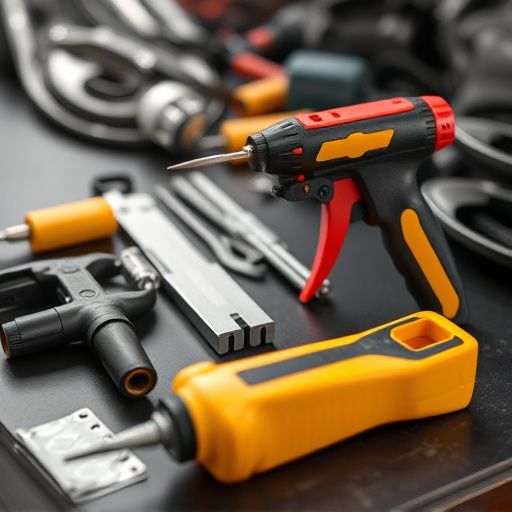
Mercedes’ Electronic Steering System is a sophisticated piece of automotive technology that has revolutionized how drivers interact with their vehicles. At its core, this system uses sensors and advanced electronics to provide precise control over steering, offering enhanced stability, improved handling, and a more comfortable driving experience. The process involves intricate coordination between the torque sensor, power steering pump, and various electronic modules, ensuring smooth and accurate steering response.
When it comes to Mercedes electronic steering repair, one crucial aspect is Torque Sensor Calibration. This sensor plays a vital role in measuring the driver’s steering input and translating it into motor commands. Over time, factors like road conditions, regular use, or previous repairs can impact its accuracy, leading to issues like uneven steering or poor response. A well-calibrated torque sensor ensures optimal performance, making auto body services and collision repair shops essential for maintaining this advanced system, especially when compared to traditional auto repair near me methods.
Common Issues and Causes of Torque Sensor Malfunction
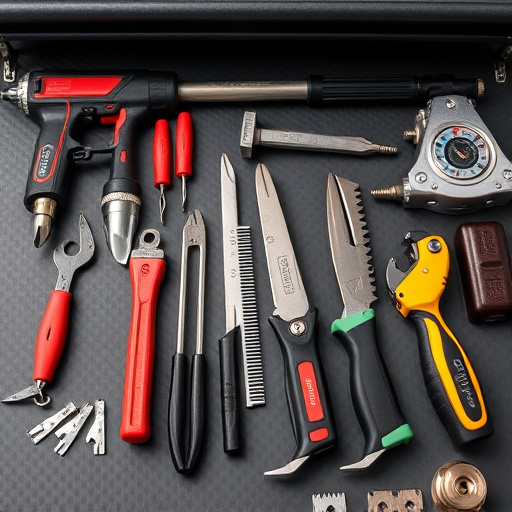
The torque sensor is a critical component in Mercedes electronic steering systems, responsible for monitoring and transmitting steering wheel position data to the vehicle’s control unit. When this sensor malfunctions, it can lead to several issues that affect both vehicle performance and driver safety. Common problems include incorrect steering angle readings, irregular steering response, and even complete loss of power assistance.
Causes of torque sensor malfunction vary but often stem from environmental factors, wear and tear, or improper maintenance. Dust, dirt, or corrosion can infiltrate the sensor, disrupting its functions. Extreme temperatures, especially during intense driving conditions or prolonged exposure to harsh weather, can also contribute to performance issues. Additionally, regular vehicle maintenance, such as timely fluid changes and wheel alignment, is crucial to prevent premature wear and tear on the torque sensor, ensuring optimal Mercedes electronic steering repair and performance.
Calibration Process: Step-by-Step Guide for Repair
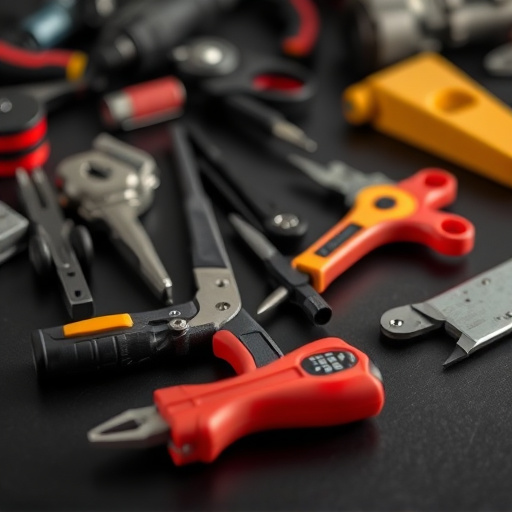
The Mercedes electronic steering repair process involves a meticulous calibration step to ensure optimal performance. Here’s a step-by-step guide for mechanics tackling this specialized task. Firstly, the vehicle is lifted and securely supported, allowing access to the steering system. Next, any damaged or worn components are replaced, including the torque sensor, known for playing a pivotal role in steering accuracy. After removing the old torque sensor, a new one is carefully installed, ensuring precise alignment with the vehicle’s control module.
Once the sensor is secured, advanced diagnostic tools are utilized to calibrate it precisely. This involves inputting specific parameters and performing tests to verify its functionality. Throughout this process, auto body repair expertise isn’t directly applied but is indirect—ensuring the vehicle remains safe and stable during work, preventing any additional damage that could complicate steering repairs or necessitate subsequent fender repair or auto glass replacement.
Mercedes electronic steering repair, particularly involving torque sensor calibration, is a specialized process that requires precise understanding of the vehicle’s advanced systems. By addressing common issues and following a meticulous step-by-step guide, technicians can effectively resolve torque sensor malfunctions, ensuring optimal vehicle performance and safety. This comprehensive approach to Mercedes electronic steering system maintenance is key in keeping these sophisticated vehicles running smoothly on the road.

